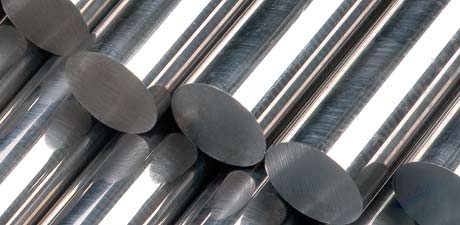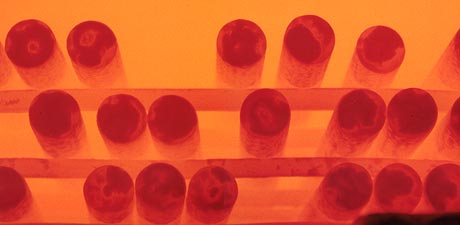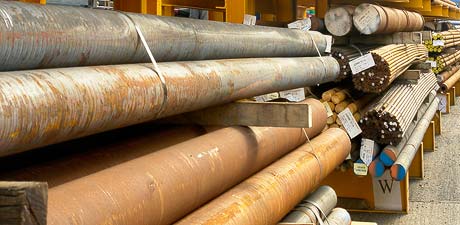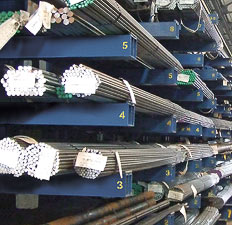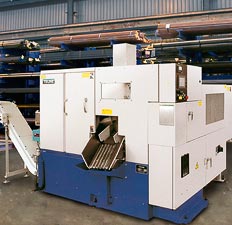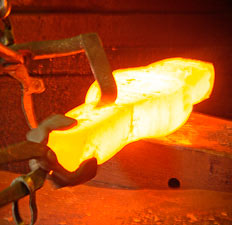Technical Data
Metallurgical Terms
Ta.
Chemical symbol for tantalum.
Tandem Mill.
An arrangement of rolling mill stands, one behind the other, where the work is in more than one stand at the same time.
Te.
Chemical symbol for tellurium.
Temper.
(a) The operation of tempering.
(b) The degree of hardness left in a steel after quenching and tempering.
(c) The amount of carbon present in a tool steel, e.g., razor temper 1.5% C, file temper 1.3% C, die temper 0.75% C.
(d) The percentage increase in length of a sheet after cold rolling.
(e) The degree of hardness of cold rolled low carbon steel strip as controlled by heat treatment and cold deformation. Strip is produced in a series of tempers from full hard or hard temper (in the USA No. 1 temper) which is the most heavily cold rolled condition, to soft or dead soft (No. 5 temper USA) which is the annealed condition.
(f) The moisture content of a sand at which any certain maximum physical test value is obtained.
(g) (verb) The process of mixing sand with sufficient water or other liquid to develop its moulding properties.
(See also Tempering).
Temper Brittleness.
The loss in notched-bar impact resistance found in some medium or low alloy steels when they are tempered within the temperature range of 350–600°C or slowly cooled from a higher tempering temperature. It is revealed by the notched-bar impact test, but not by the tensile test.


